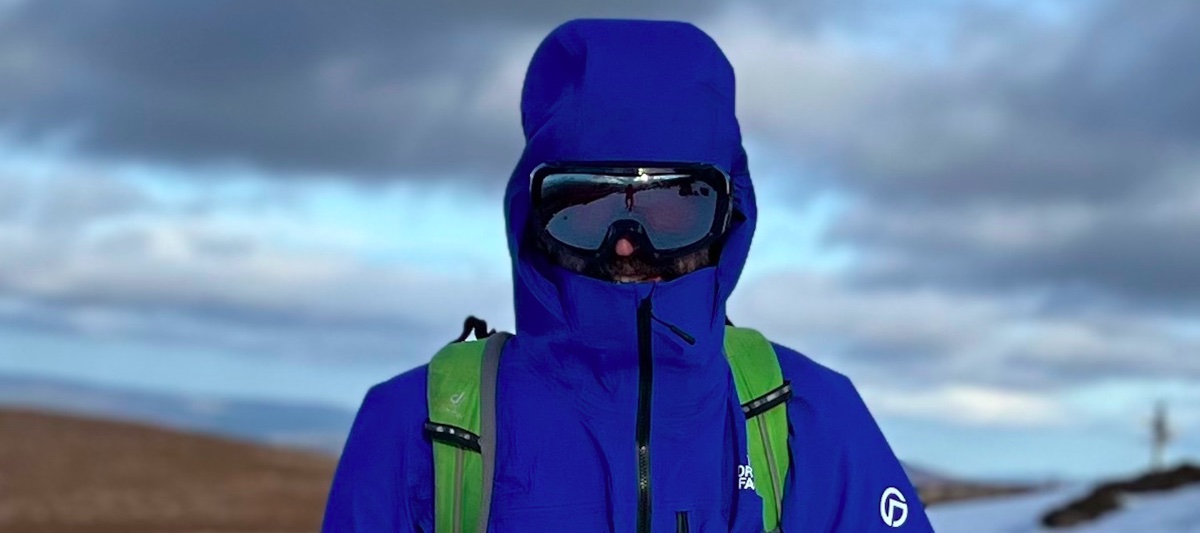
Meet the tester
The North Face Summit Torre Egger Futurelight jacket: first impressions
The North Face Summit Torre Egger Futurelight is one of the brand’s dedicated mountaineering hardshells, a waterproof jacket designed to keep you safe and comfortable on mountaineering escapades.
• List price: $590 (US) / £515 (UK)
• Weight (men's M): 19.7oz / 560g
• Sizes (men’s and women’s): S-XXL
• Fabric: 3-layer, 5-oz 75-denier 100% recycled polyester plain-weave G shell with a DWR (durable water repellent) finish
• Colors: TNF Blue / TNF Red / Cave Blue / Summit Gold / Citrine Yellow
It comes with a series of technical features, such as pit zips, wrist cuffs, internal dump pockets and a phenomenally well-designed hood, as well as The North Face’s proprietary Futurelight fabric – a clear Gore-Tex rival which, according to The North Face, delivers, “breakthrough breathability”, “innovative waterproofness” and “exceptional comfort”.
All of this tech doesn’t run cheap, however: when bought directly from The North Face, the Torre Egger jacket will set you back a whopping $590 / £515. This puts it very much at the top end of the price spectrum for three-layer mountaineering hardshells in this class, coming in almost $200 / £200 more expensive than similar jackets, such as the Patagonia Triolet or the Berghaus MTN Seeker GTX jacket.
So what is it about the Torre Egger that makes it so pricey, and is it worth the investment?
The North Face Summit Torre Egger Futurelight jacket: in the wild
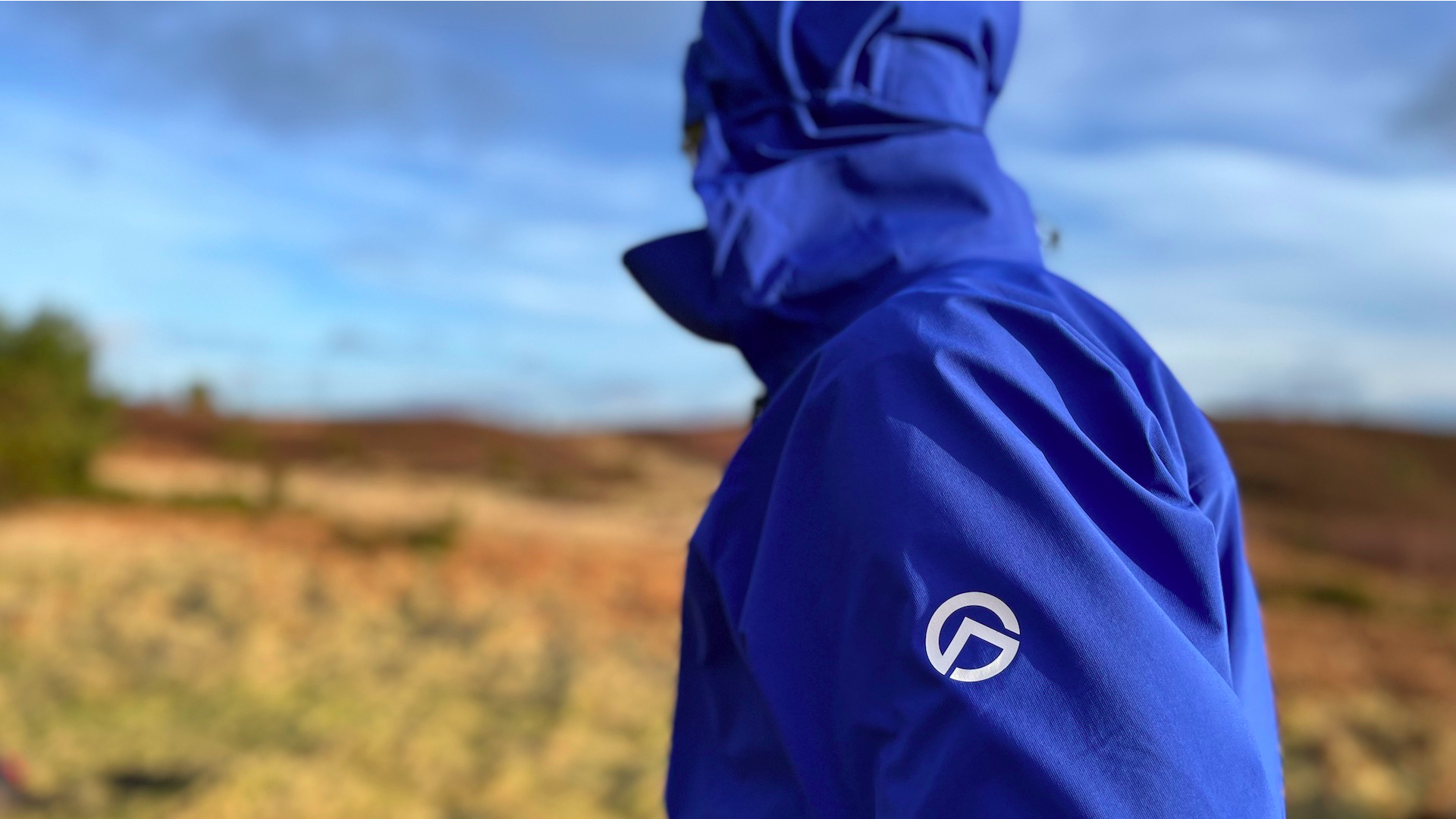
I’ve had my hands on The North Face Summit Torre Egger Futurelight jacket for several months now, and I’ve been able to get out in it on several occasions. Most notably, I was able to take it on a three-day mountaineering trip through Scotland’s Cairngorms National Park in January where I put the coat up against everything from driving wind and unrelenting rain to the odd January snow shower. Over the span of the trip, I wore the Torre Egger under a heavy 16kg pack (and a lighter daypack for a summit push up Cairn Gorm on day two) and got a real feel for how it performs during both high-output exercise and zone 2-style gentle jaunts. And after all of that, I have to say, I was left nothing but impressed.
Try as I might, I was unable to spot a flaw in this jacket. Coming in at such a high price, I was constantly nit-picking, trying to find the one poorly designed feature that would validate my assumption that “this should never cost so much!” But there’s just nothing negative to note. It’s super comfortable, breathable and a joy to wear, feeling more like a softshell-style jacket rather than a hard-wearing three-layer waterproof powerhouse.
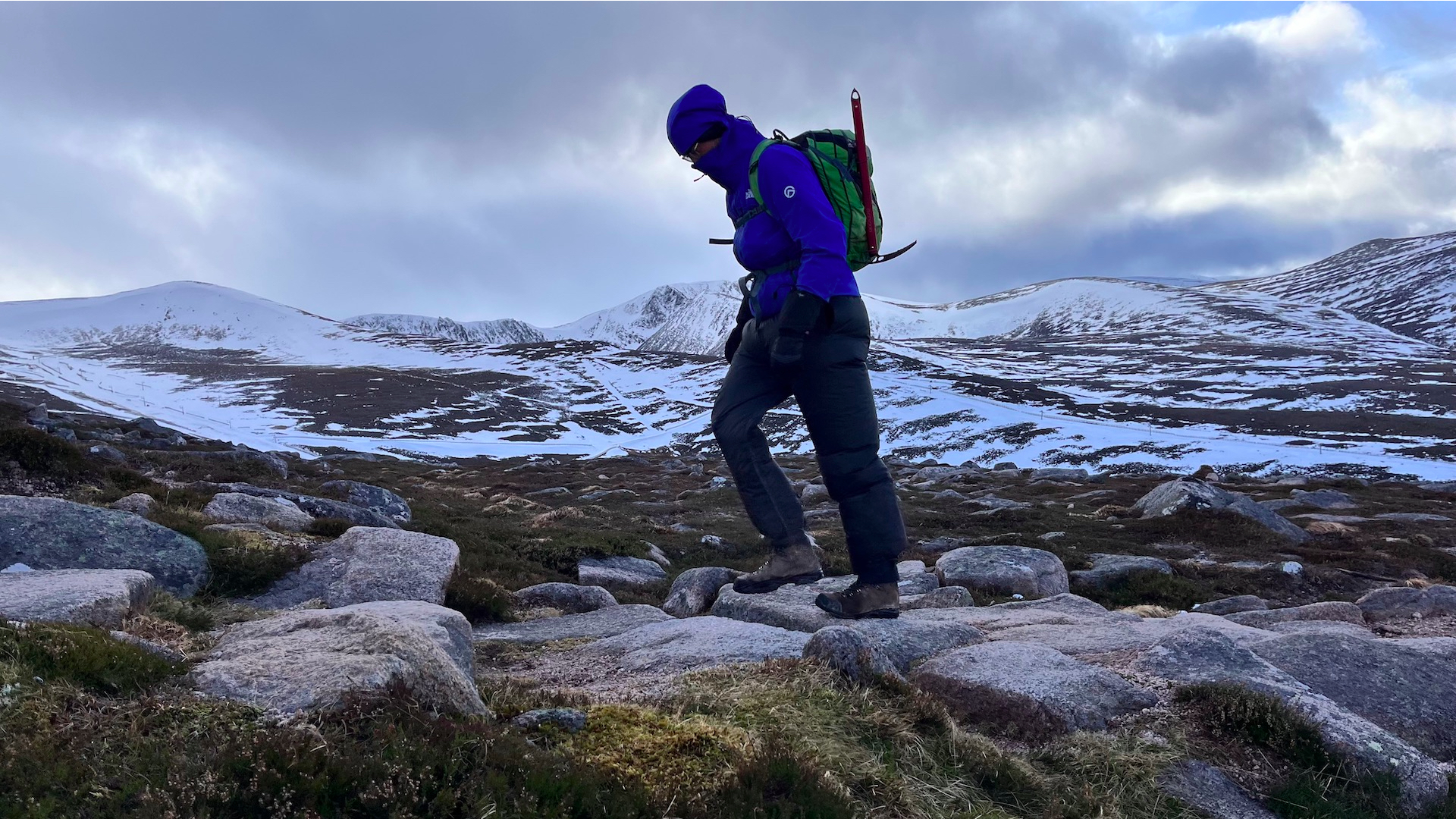
Which is one thing I particularly appreciate about the Torre Egger: the feel when wearing it. This jacket doesn’t trap you inside like other durable hardshells, with the material and the cut allowing you to move optimally as if you weren’t wearing a powerful hardshell at all. What’s more, my experience only validates The North Face’s claims regarding the breathability of Futurelight. And while I can’t confirm this with any scientific breathability breakdown, I’ve climbed Cairn Gorm many times over the year in a variety of different three-layer Gore-Tex hardshells, and this latest jaunt was definitely the most comfortable.
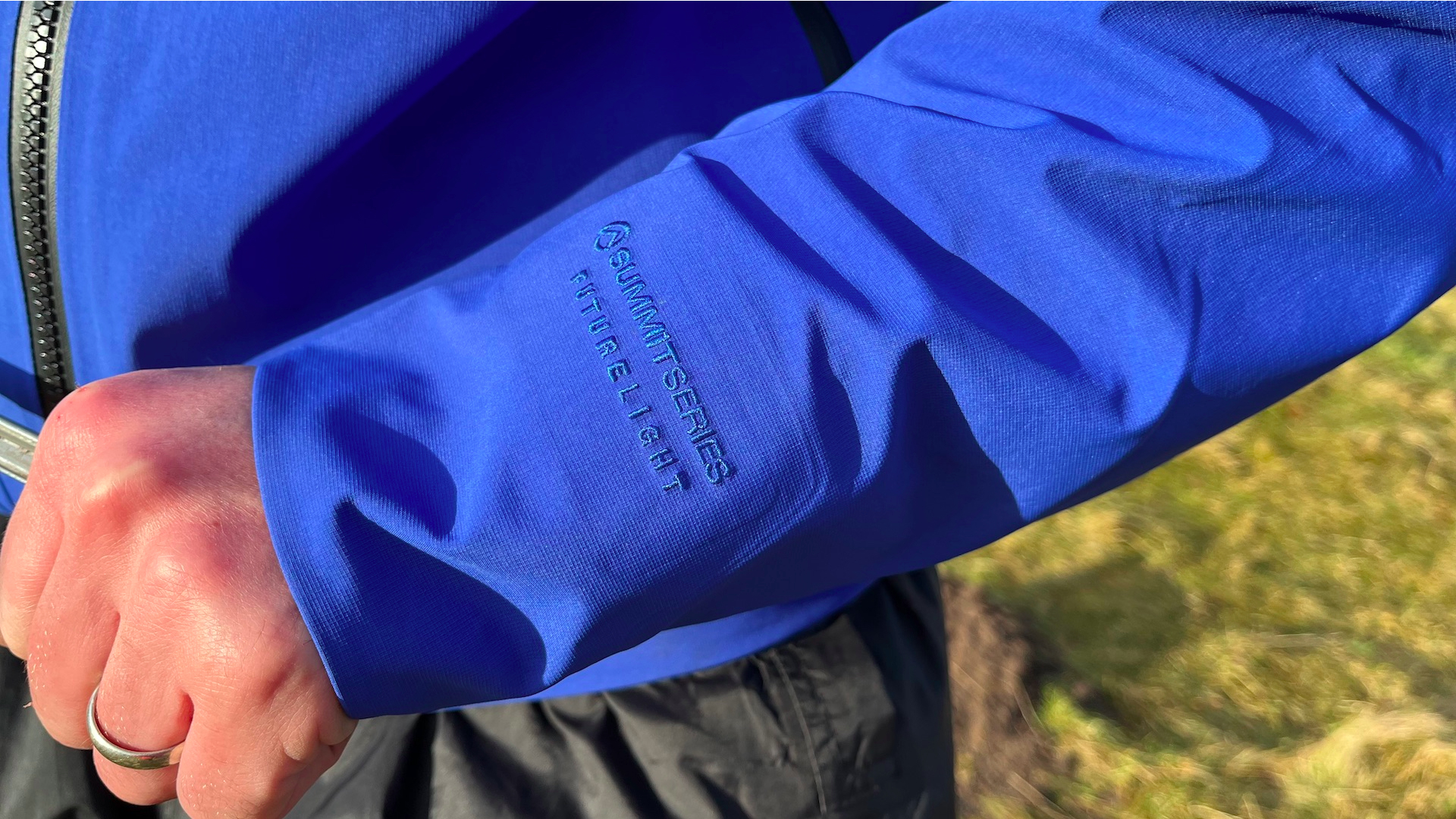
Another thing I really liked about the Torre Egger is the hood. Helmet-compatible hoods are often built for the helmet first, a naked head second. Take the Patagonia Triolet, for example, a jacket I compared the Torre Egger to earlier. This jacket is near perfect, being let down only by the sloppy design of the hood when you’re not wearing it over a helmet. The Torre Egger has no such drawback, however – the numerous toggles on the hood allow you to cinch the hood down tight to your skull when you’re not wearing a helmet, and the short duck-bill peak does a great job at stopping rainwater from driving inside.
The zips on the Torre Egger have all been designed to be easily operable when wearing thick winter gloves. The long toggles are easy to grab, and the waterproof zips glide open and closed easily. Inside the jacket, there are also two large dump pockets for storing things like gloves, water bottles, snacks or, in my case, an Ordnance Survey map, which fits in the pockets perfectly. And while I can’t be sure these pockets were designed with the dimensions of an OS map in mind, the fact that one fits so well in these dump pockets was something I really appreciated when I had to keep pulling and packing away my map on a snowy Scottish Munro in January.
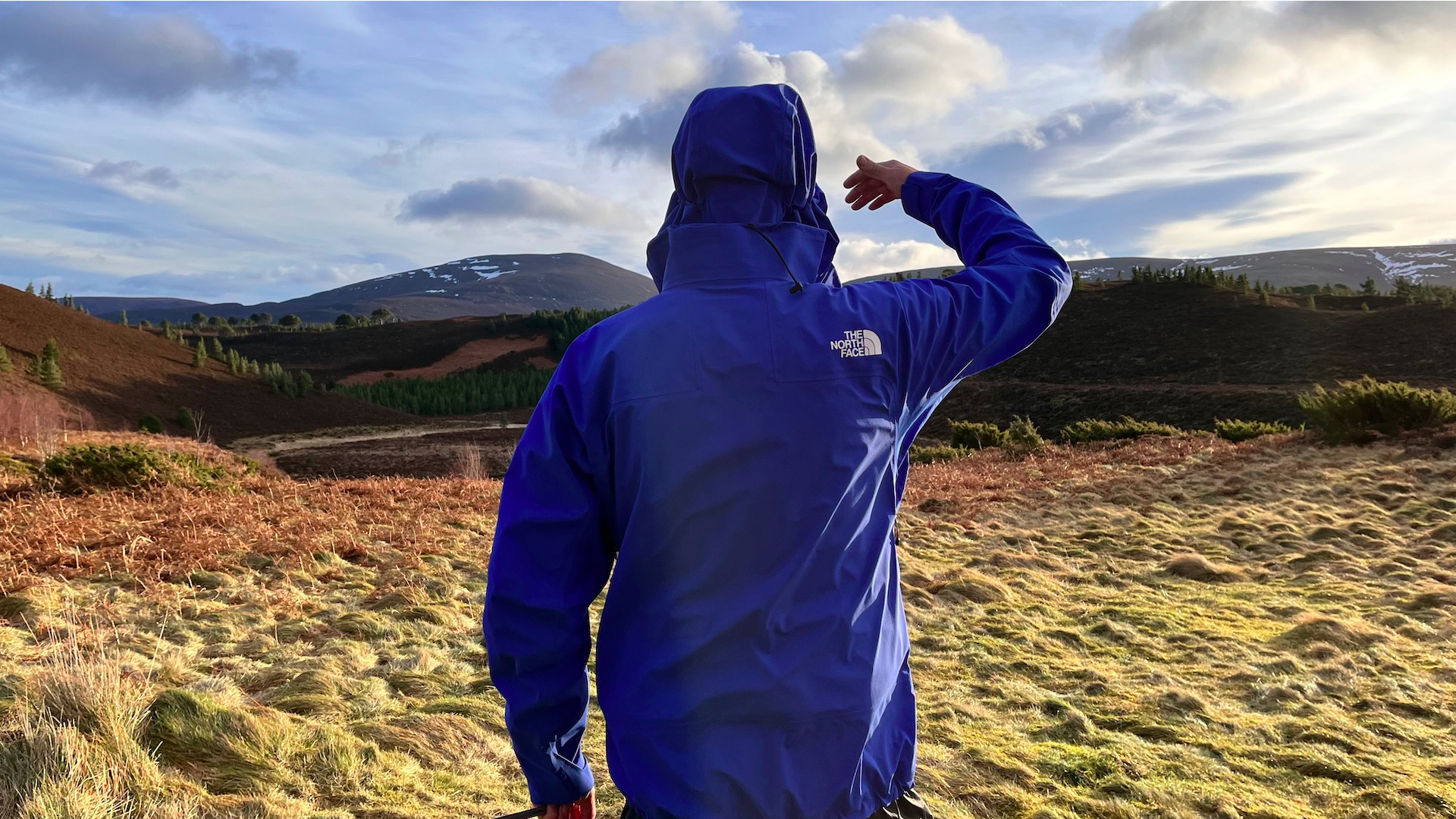
Fit
The cut of The North Face Torre Egger is reasonably athletic while still being technical in nature. It’s big enough that you can layer up underneath it but doesn’t flap around uncontrollably in the wind.
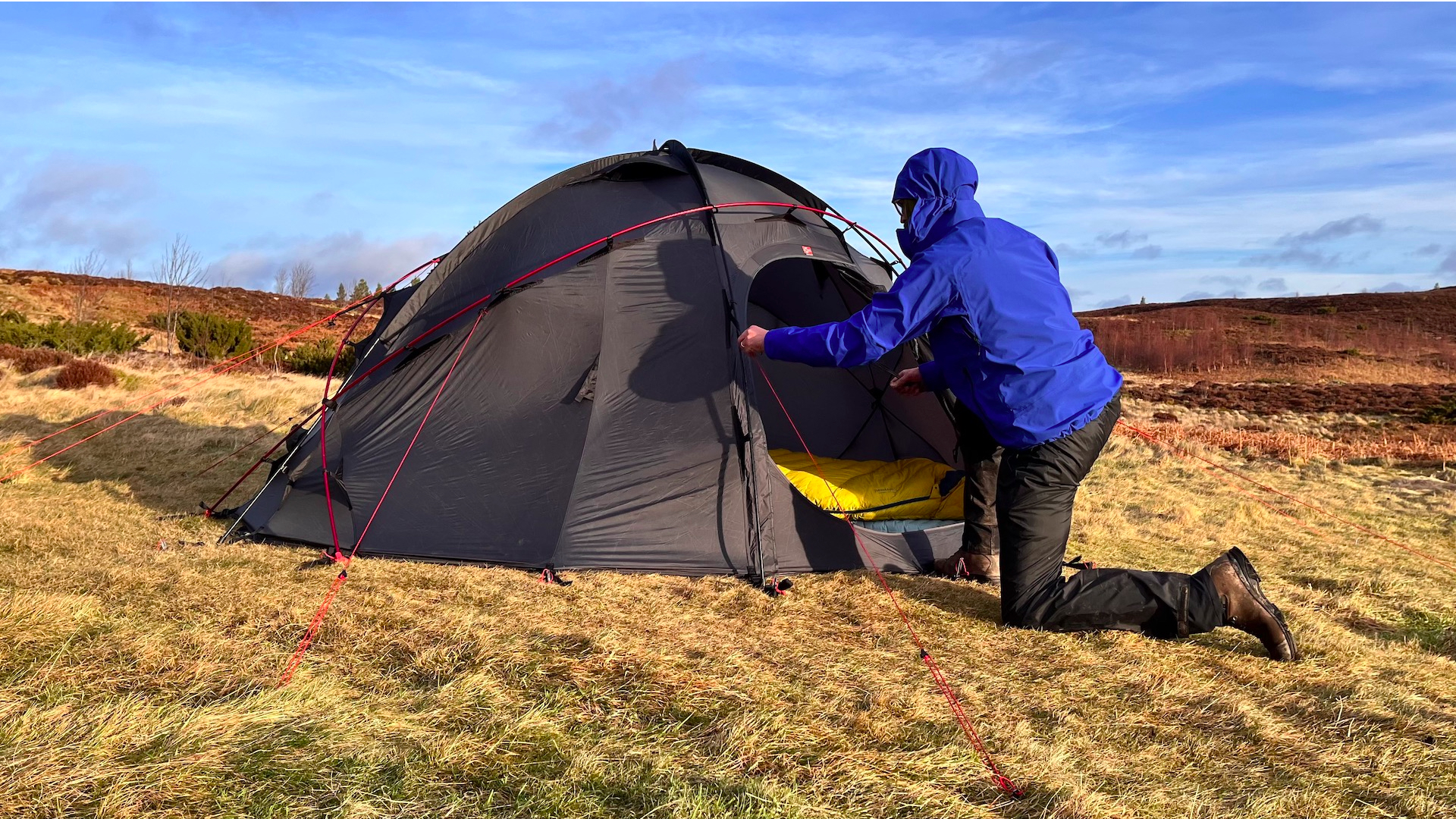
Is it worth the price?
This is the million-dollar question. Is the Torre Egger Futurelight worth the 500+ price tag? Going into this test, I assumed there was no way it could be. But, coming out of it, the design considerations, the materials and the way this jacket can tangibly improve your experience of mountaineering in less-than-ideal conditions have changed my opinion to “it depends”.
If you can afford it, I think you’ll be happy with what you get for your money. But if nearly $600 is a huge stretch for you, the marginal gains in performance versus jackets around the $300 - $350 market might not count much – nor might you be happy splurging so much cash on them. But if you’re looking for a versatile, comfortable and hard-wearing hardshell that will keep you safe on real mountaineering escapades, I don’t think you can go much wrong with the Torre Egger, and I can’t wait to get out in it again next winter.







